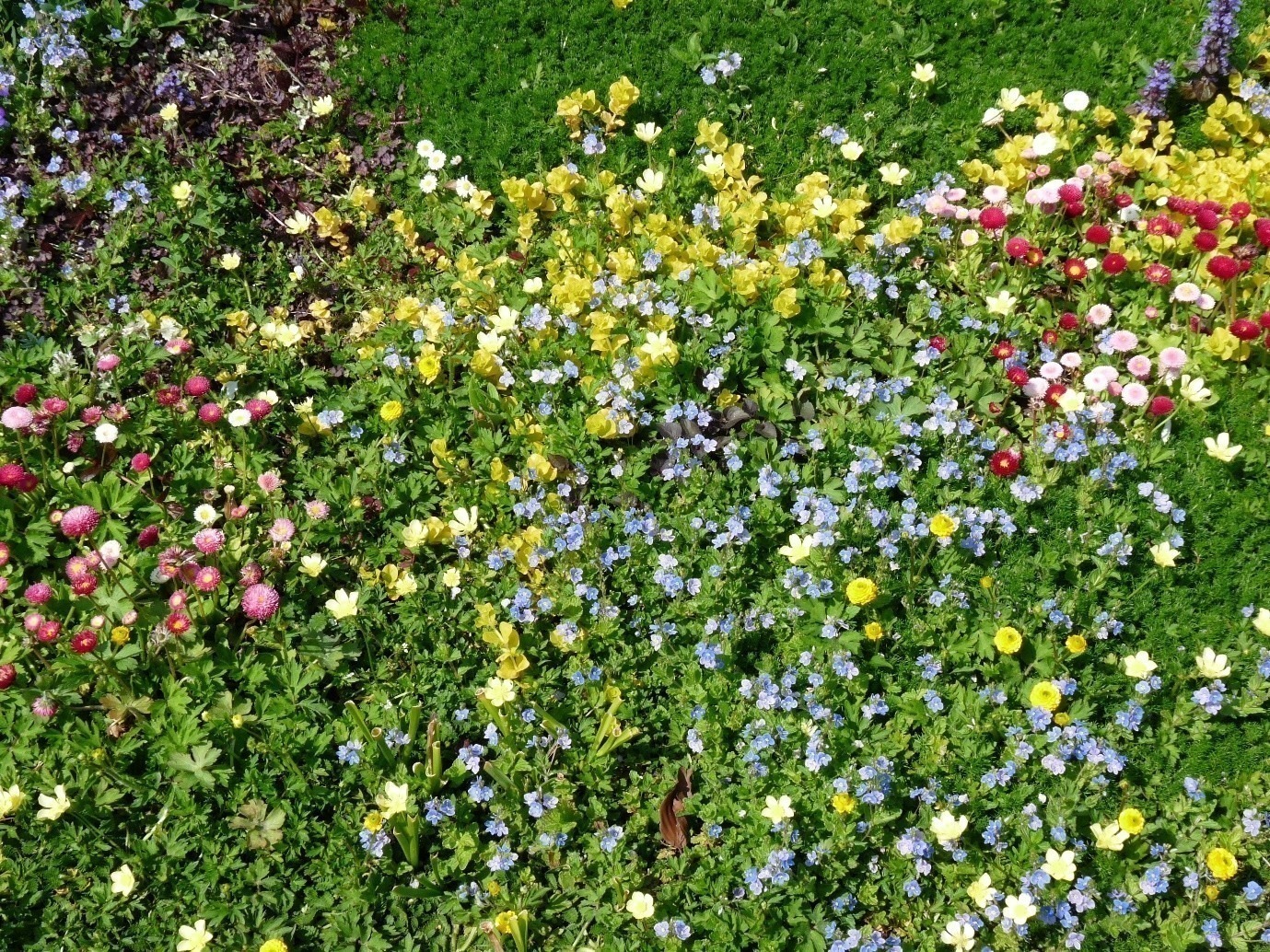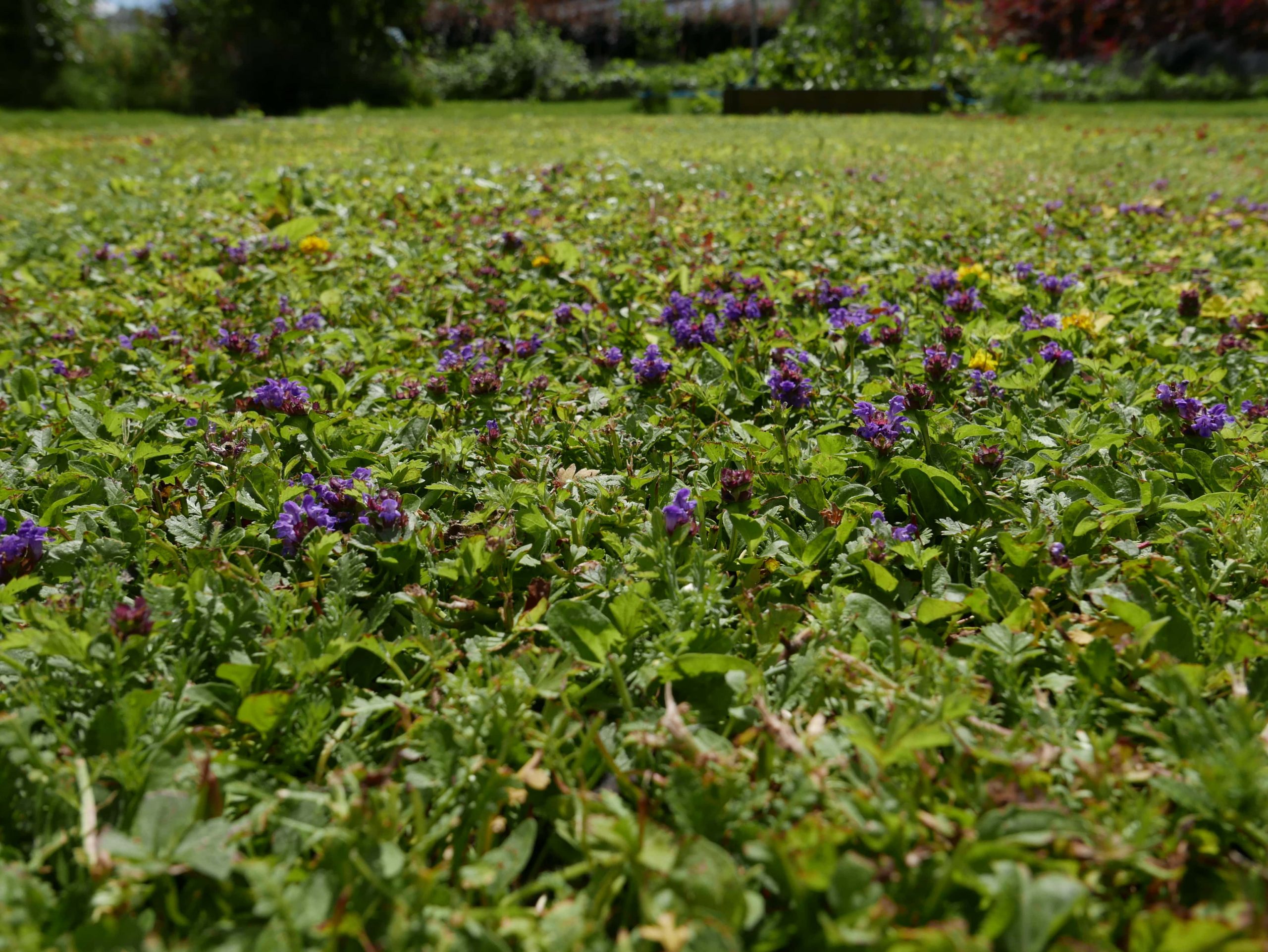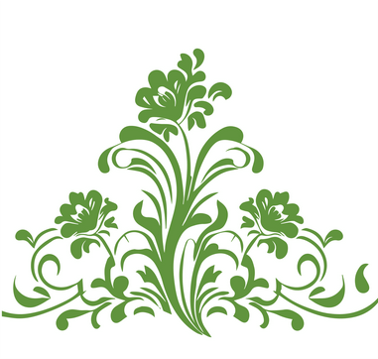Aesthetics are how the lawn looks and feels.
Just like any other part of the garden, this will be determined by the plants and the management used.
T-lawns use many common British natives, often both their wild form and their ornamental cultivars, e.g. Bellis perennis (common lawn daisy) and its cultivar Bellis perennis 'Robella' as shown below.
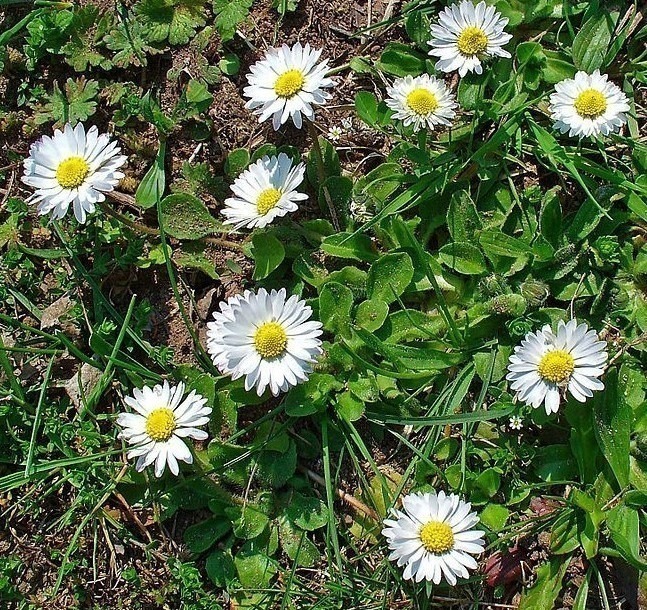
Daisy wild form
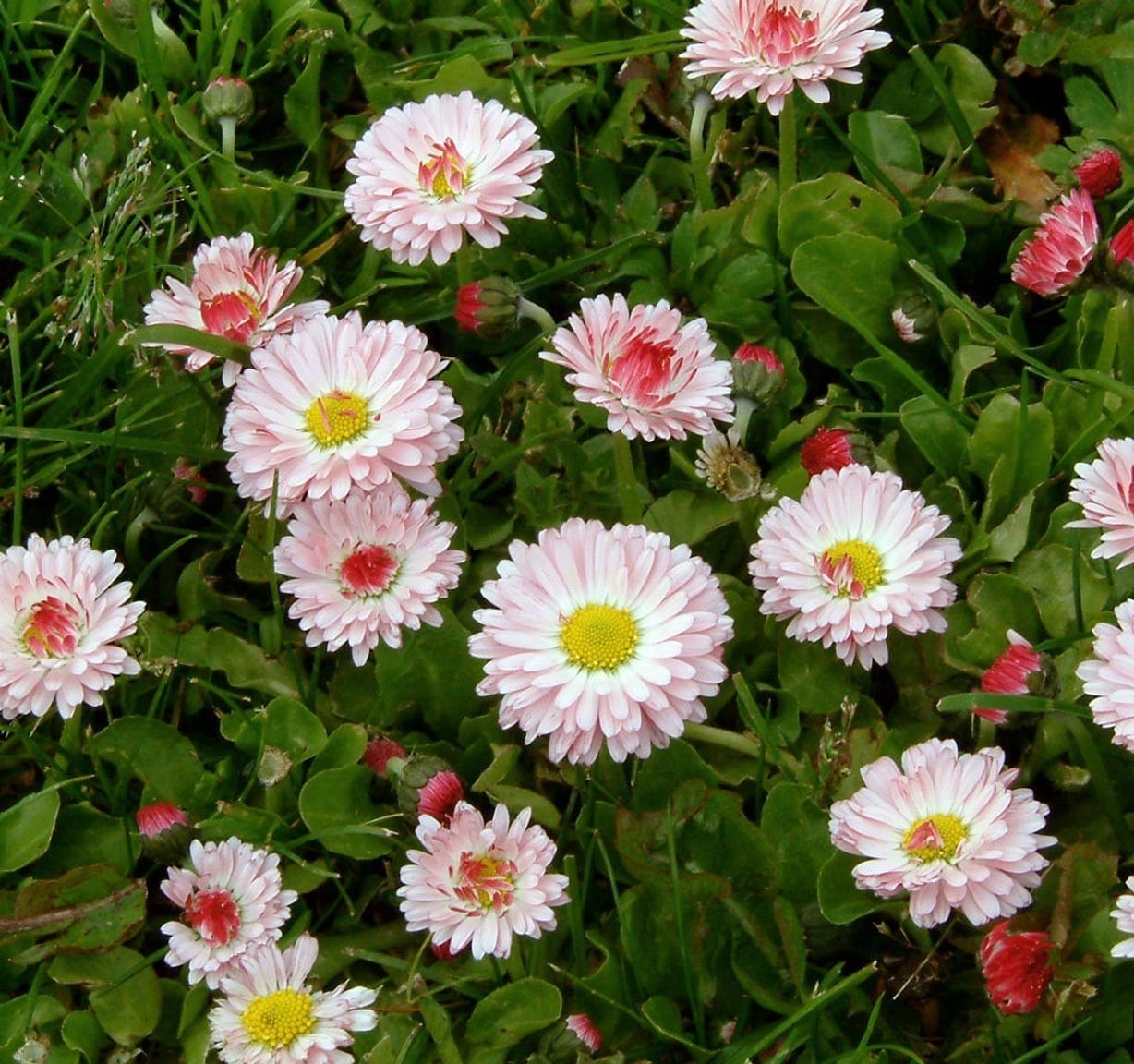
Daisy 'Robella'
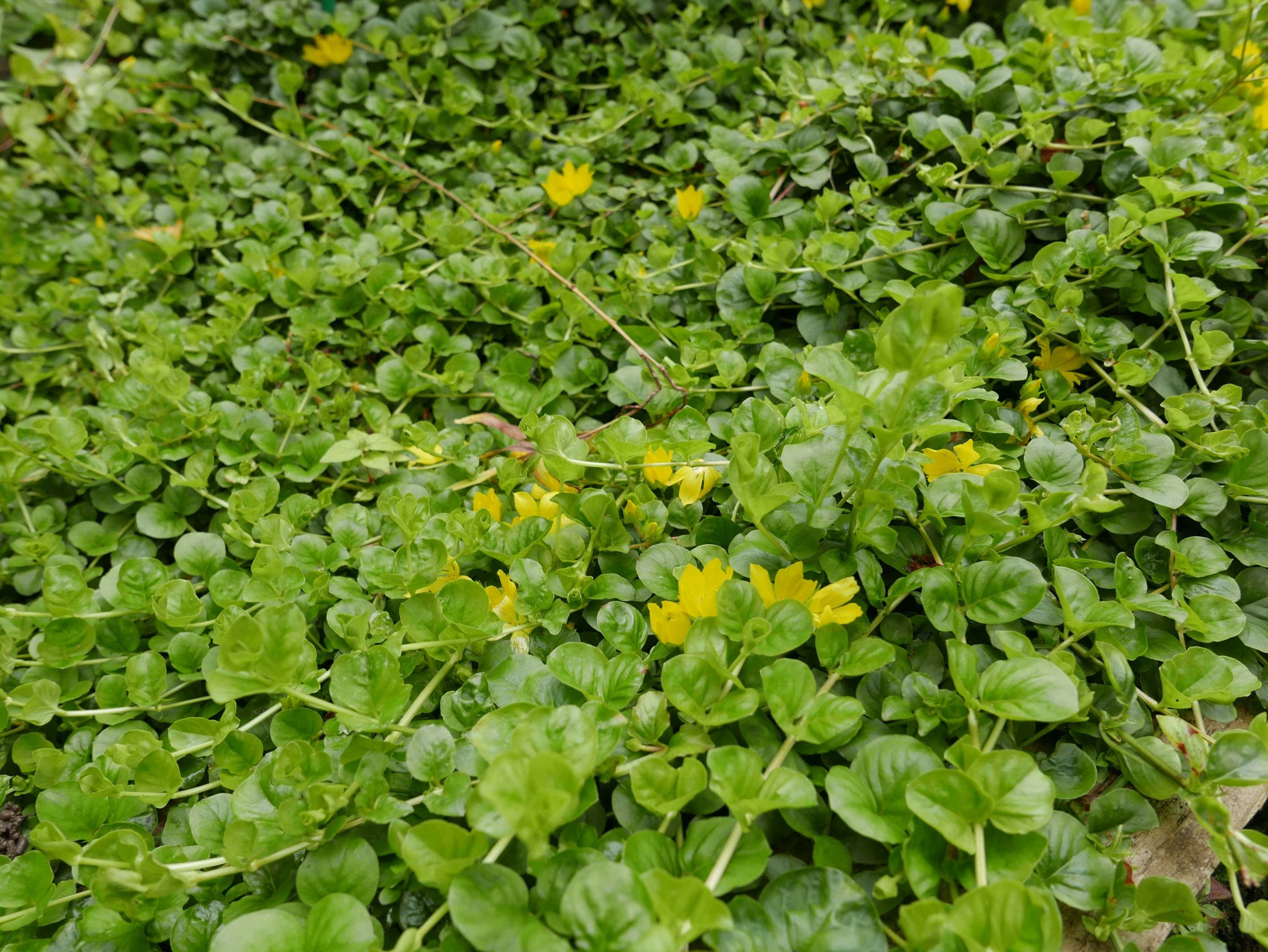
Creeping jenny wild form
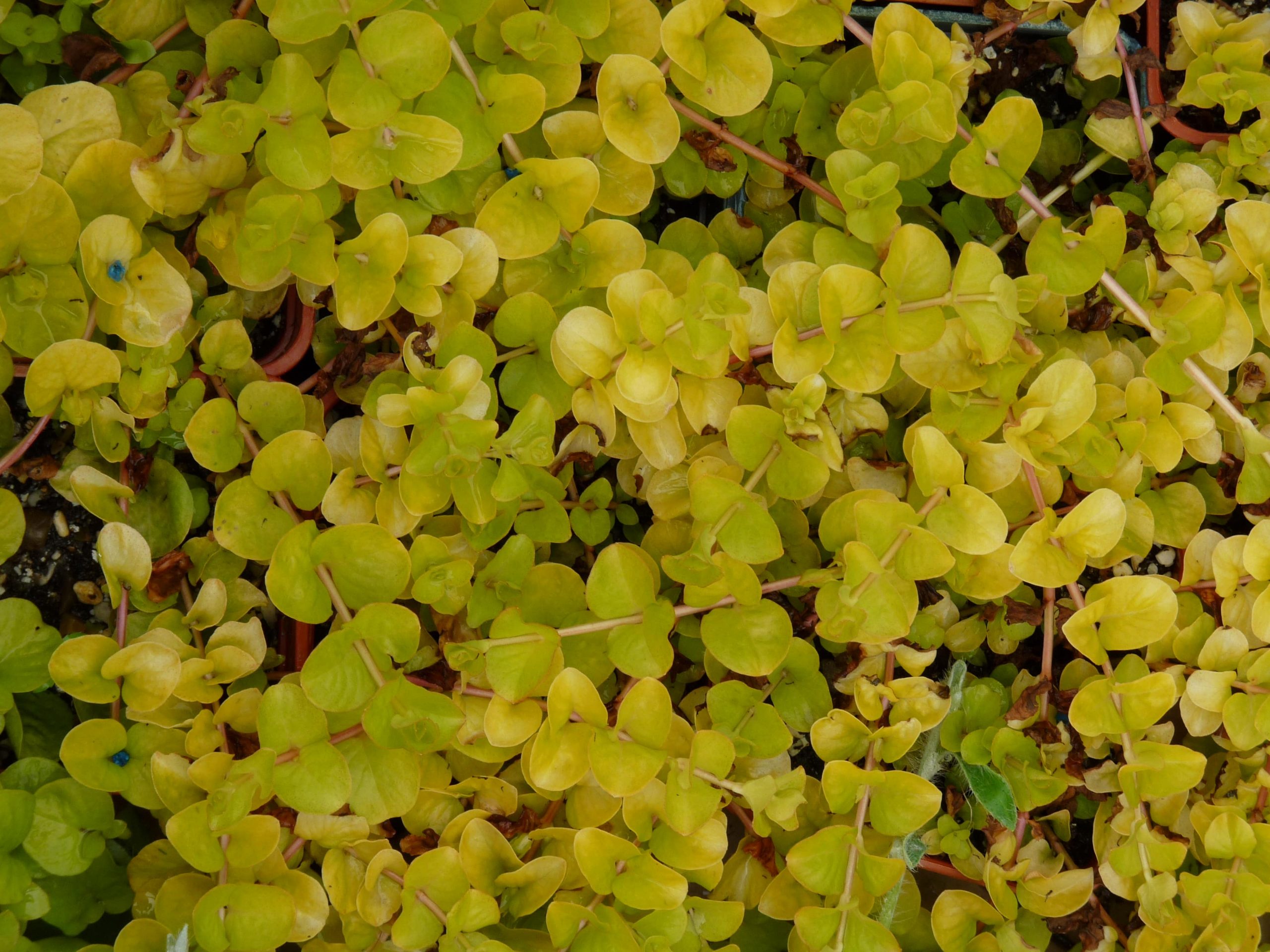
Creeping jenny 'Aurea'
These days, there is much discussion on the topic of native and non-native plants; less well known are nativars.
The term 'nativar' is a combination of the terms 'native' and 'cultivar' and describes plants that are cultivated forms of plants that are within their natural geographical range.
The native geographical range of the common lawn daisy (Bellis perennis) includes the UK, and from the wild form have been bred cultivars with double and semi-double flowers that may be pure white, pink or red. There once were even golden-leaved forms and purple/lilac floral forms, but they are now lost to cultivation; lawn 'weeds' not being previously much valued.
Creeping jenny (Lysimachia nummularia), shown above, is thought to be native to the south of England, and therefore its golden-leaved form, so common in summer hanging baskets, can also be considered to be a type of nativar.
T-lawns make use of wild forms, nativars and non-natives. This is not at all unusual in British gardens, where over 70% of plants can be non-native.
A recently mown T-lawn. Shorn of its most prominent flowers the look and feel of a T-lawn can be quite different as it is returned to looking like a more familiar low-cut lawn form. Fortunately just like daisies in any turf lawn, flowers are usually back within a few days and a new-looking lawn will present itself.
Just remember:
No mowing = No T-lawn.
Try not to be intimidated by mowing-off flowers. Be brave. Think of it as ecologically necessary mower-powered pruning (or even a Morticia Addams pruning event!), and remember to inhale.

